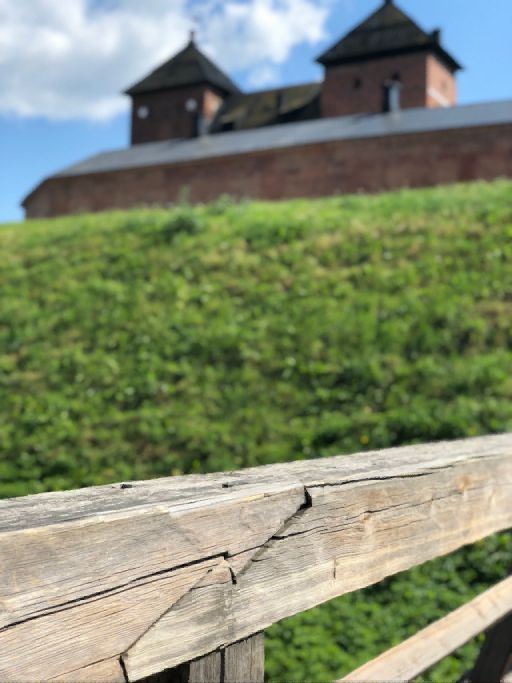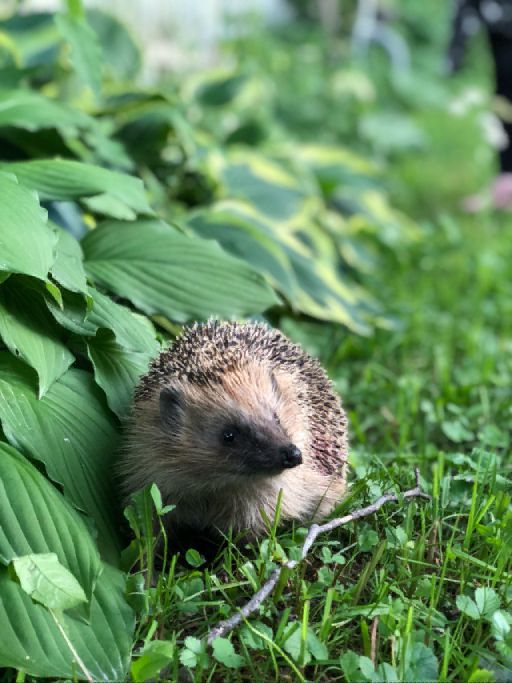See Wikipedia for a short introduction to the theory.
Fractal compression was a thing during the 1990s but industry interest later faded and less computationally intensive formats such as JPEG prevailed. Fractal compression is a massively asymmetric process where the encoding is very pricey and decoding is very simple.
I was intrigued by the beauty of the idea (of fractal compression) then and still am. Having implemented a fractal encoder/decoder in MC680x0 assembler during mid-1990s for some Amiga demoscene stuff I had some faint memories of how one should work. Not having that source code around anymore I wanted to give it a try with my current main language (ES6) - out of my head without a reference implementation :)
A weekend of coding resulted in this simplistic implementation which still produces visually appealling results. Note that I have prioritized performance and encoding efficiency over code beauty (such as functional paradigms).
A nice writeup of a similar implementation (in python & numpy) by pvigier is here: https://pvigier.github.io/2018/05/14/fractal-image-compression.html
Note that it takes several minutes to encode the images.
The decoding process applies a set of block transformations determined in encoding phase (and stored in the .fractal file) on top of an image (any image, a blank one, one with random pixels, anything goes).
The table below illustrates the twelve first iterations decoding examples/helena.fractal including the blank seed image. The number of iterations required for a recognizable image is surprisingly low, and after ten iterations the changes are barely noticeable.
 |
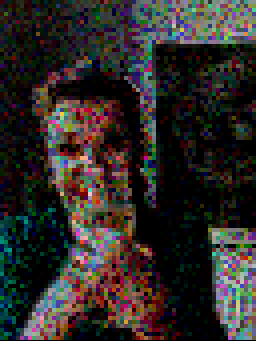 |
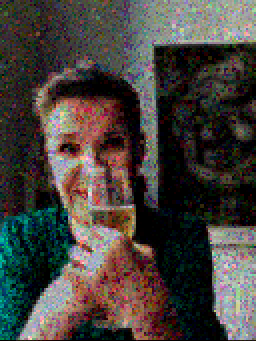 |
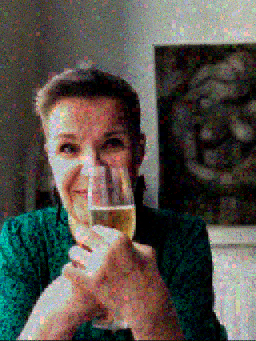 |
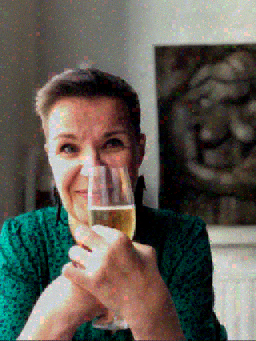 |
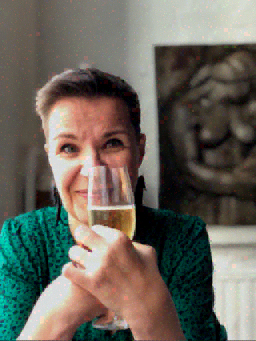 |
 |
 |
 |
 |
 |
 |
All example images by me (Heikki Pora)
- Node.js v16 or newer
npm install
npm test
bin/encode.js <input-image> <output-file>bin/decode.js <input-file> <output-image> [iterations]
Format of input and output images is determined automatically by sharp. The default number of iterations is 16 which should be enough for all uses.

